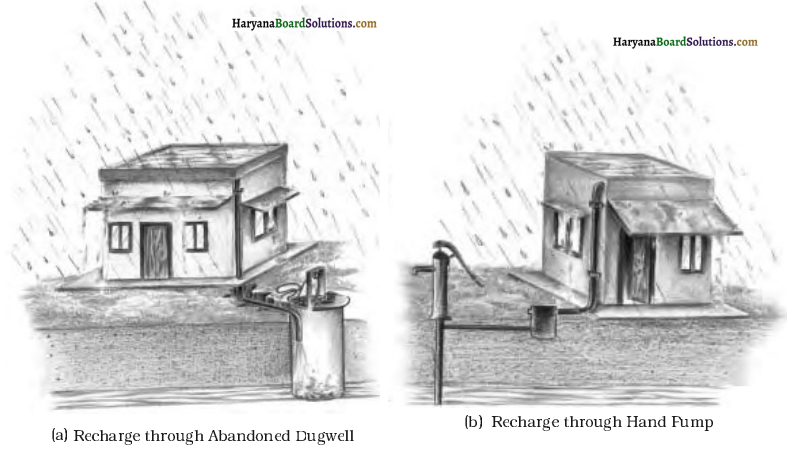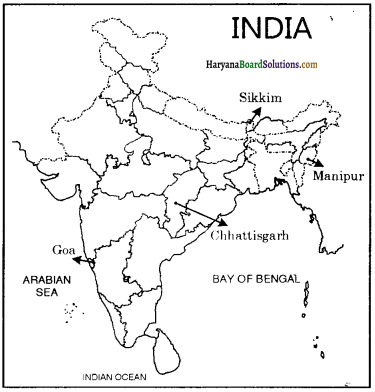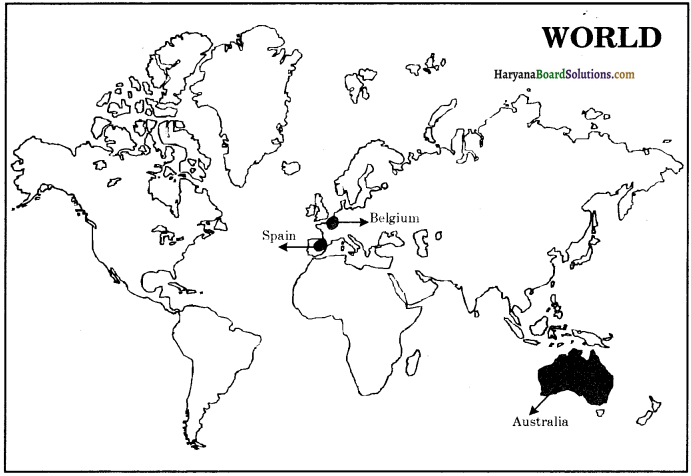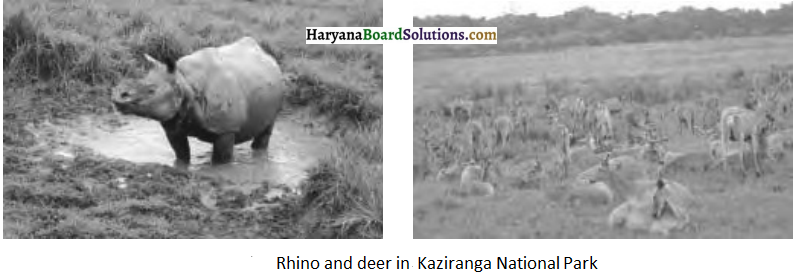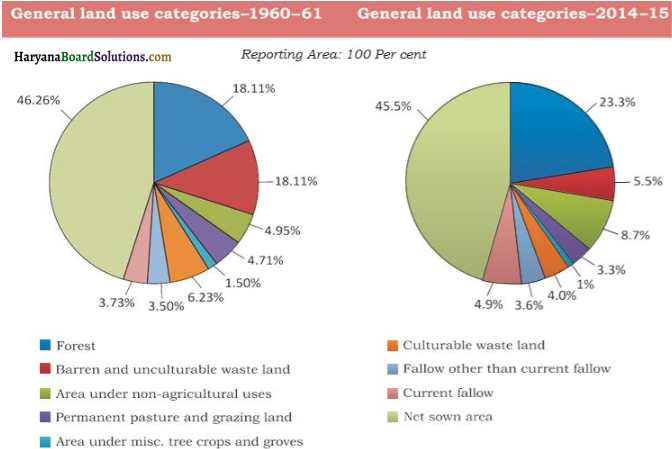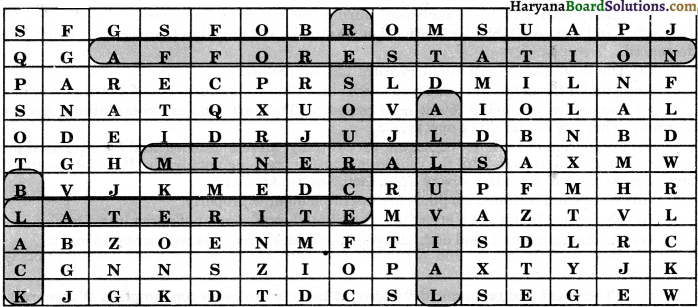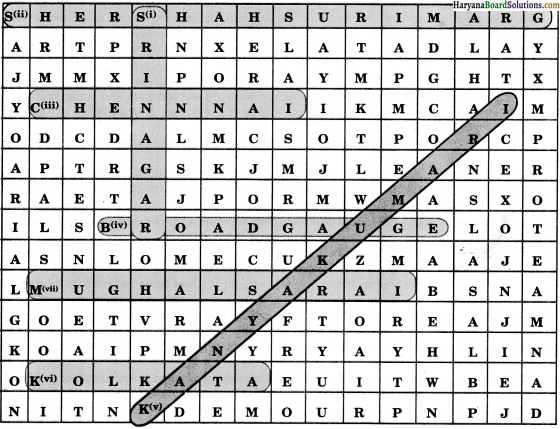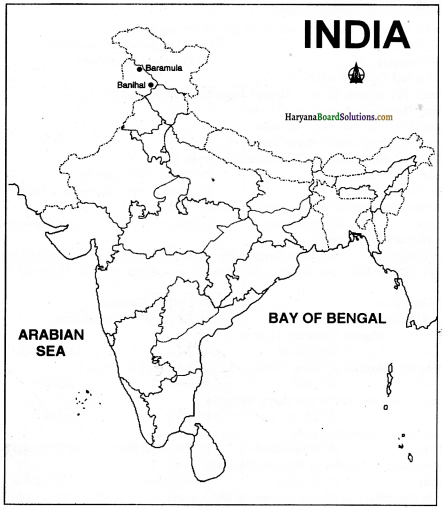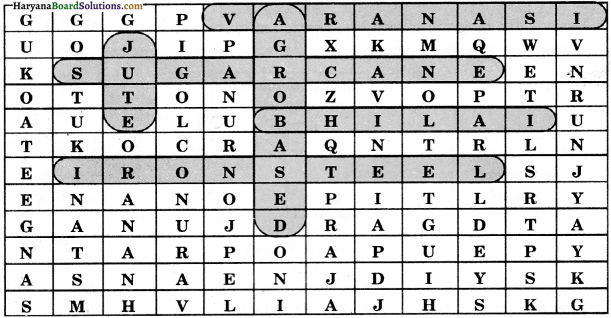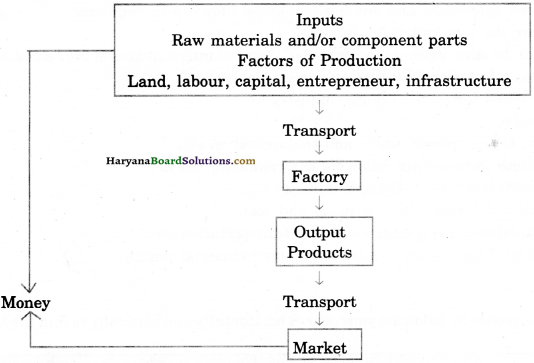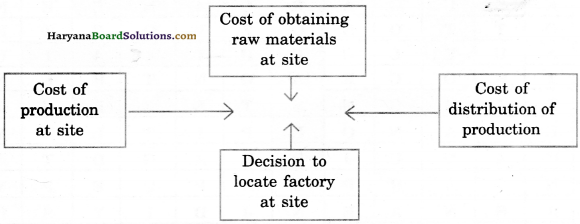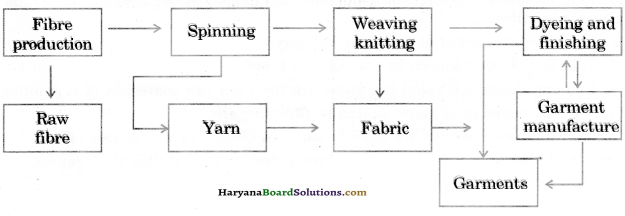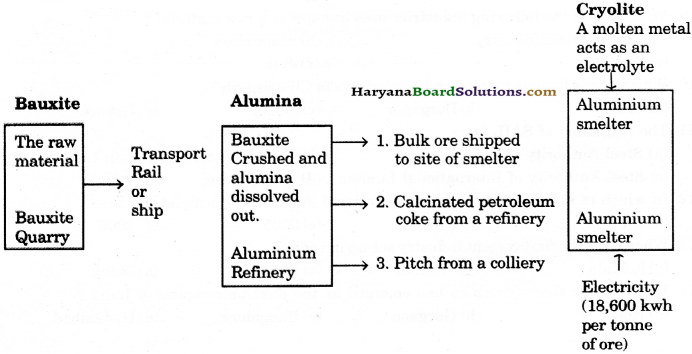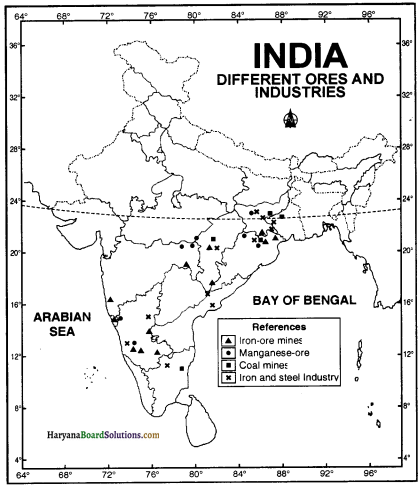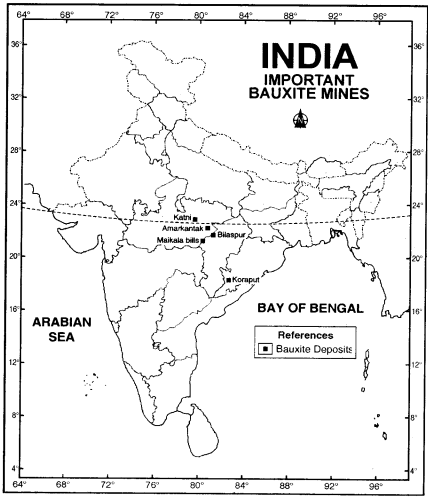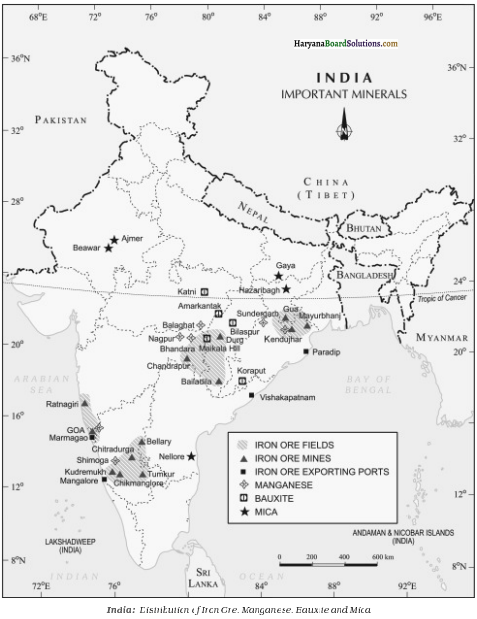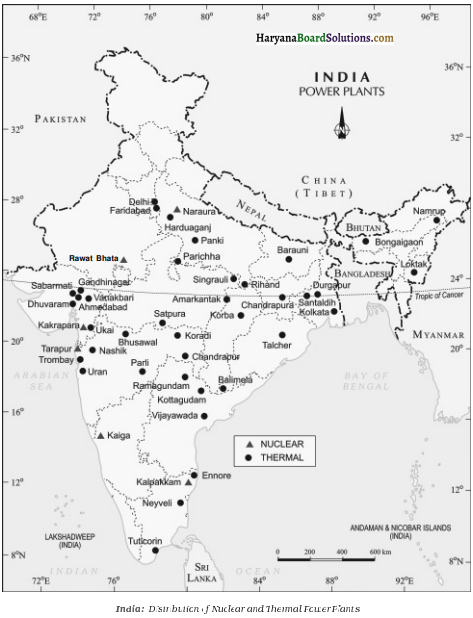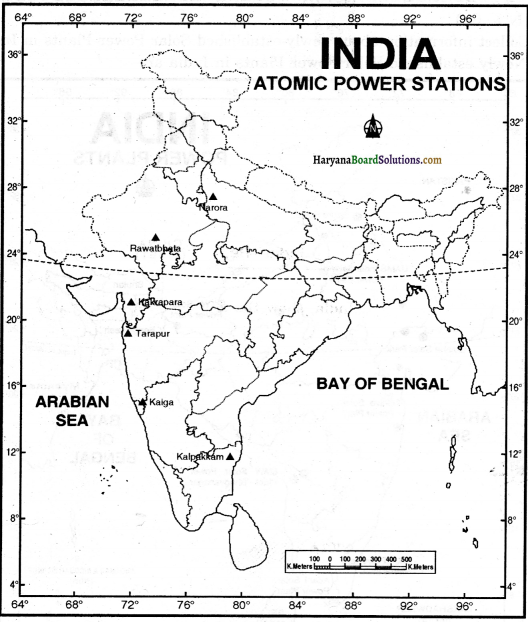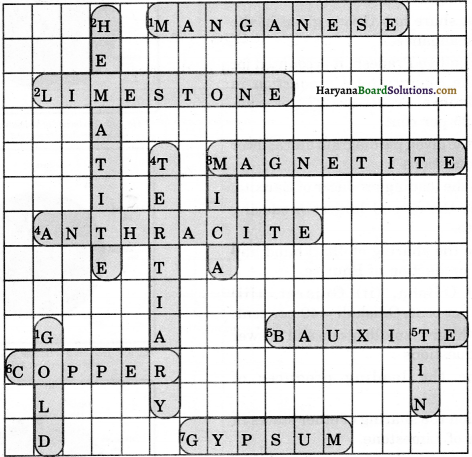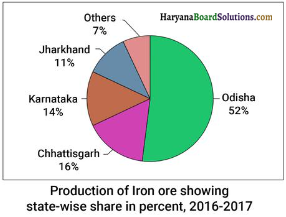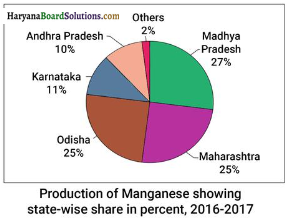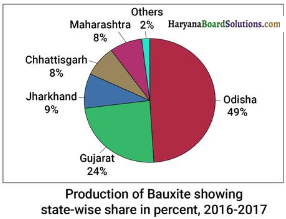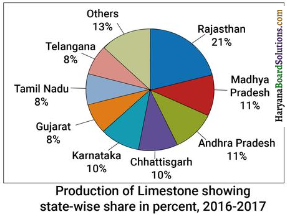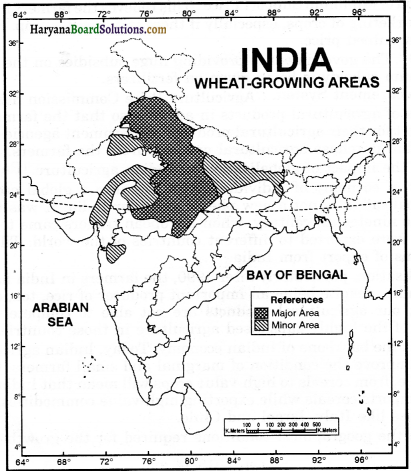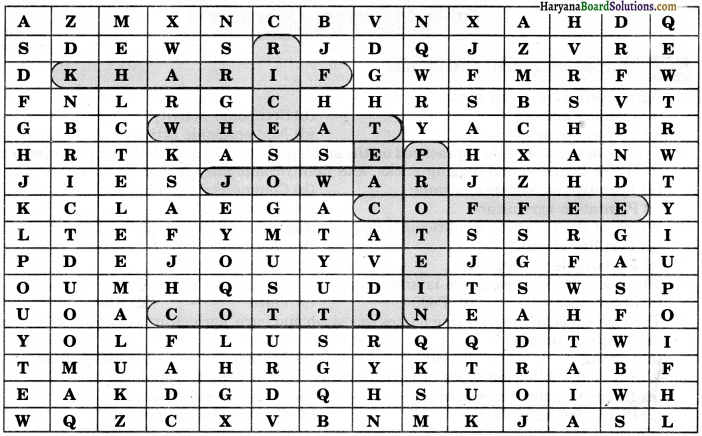HBSE 10th Class Social Science Solutions Civics Chapter 4 Gender Religion and Caste
Haryana State Board HBSE 10th Class Social Science Solutions Civics Chapter 4 Gender Religion and Caste Textbook Exercise Questions and Answers.
Haryana Board 10th Class Social Science Solutions Civics Chapter 4 Gender Religion and Caste
HBSE 10th Class Civics Gender Religion and Caste Intext Questions and Answers
Cartoon-Based Question (Page 41)
Gender Religion And Caste Question Answers HBSE 10th Class Question 1.
Discuss all the perceptions of an ideal woman that prevail in our society. Do you agree with any of these ? If not, what is your image of an ideal woman?
Answer:
We do not agree with any image of ideal woman as presented in the diagram. In modem perception, an ideal woman is that, who can adjust with household as well as the outside work. She may take the help of a man, wherever it seems necessary.
Munni and Unni’s Question (Page 43)
Gender Caste And Religion Class 10 Question Answers HBSE Question 2.
Mummy always says to outsiders : “I don’t work. I am a housewife.” But I see her working non-stop all the time. If what she does is not work, what else is work?
Democratic Politics –
Answer:
ln most of the families, this is a case of traditional sexual division of labour. Women definitely perform household tasks and men work outside, but the work done by women is not valued and recognised by the society and this prompts mummy to say so. This definitely is work.
Plus Box Based Question (Page 44)
Gender Religion And Caste Class 10 Questions And Answers HBSE Question 3.
Could you think of some reasons why women’s representation is so low in India? Do you think America and Europe have achieved a satisfactory level of women’s representation?
Answer:
A majority of Indian women is illiterate. Besides, the educated women do not want to come in politics or they have no knowledge of politics. Political parties do not give them tickets for election according to their percentage. In America and Europe, the condition of women is much better than that of the Indian women. But still, it is not satisfactory.
![]()
Munni and Unni’s Question (Page 45)
Gender Religion And Caste Class 10 Question Answer HBSE Question 4.
If casteism and communalism are bad, what makes feminism a good thing? Why don’t we oppose all those who divide the society on any lines-caste, religion or gender?
Answer:
Casteism divides the society on the basis of castes. In the same way, communalism divides the society on the basis of religion. Both, casteism and communalism are not good for the society. Feminism makes the women aware of equal rights of men and women. Therefore, feminism is not wrong.
Cartoon-based Question (Page 45)
Civics Class 10 Gender Religion And Caste Question Answer HBSE Question 5.
This cartoon offers an understanding of why the Women’s Reservation Bill has not been passed in the Parliament. Do you agree with this reading?
Answer:
I agree with this reading. It reveals that this is a male dominated society. They have full control on the doorways of the Parliament, so that women could not enter it. But outwardly they show as if they are willing to pass ‘Women’s Reservation Bill’.
Munni and Unni’s Question (Page 46)
Gender Religion And Caste Class 10 Solutions HBSE Question 6.
I am not religious. Why should I bother about communalism and secularism?
Answer:
This attitude is not right. Communalism and secularism must be discussed because these issues affect the working of democracy. Moreover, they lead to tension and violence in society. So, everybody should be concerned with communalism and secularism.
![]()
Munni and Unni’s Question (Page 47)
Question 7.
often crack jokes about people from one religion. Does that make me communal?
Answer:
Our country is full of ethnicity therefore, it is not proper to crack jokes about people from one religion. It may hurt their religious feelings and the crisis of communalism may arise.
Munni and Unni’s Question (Page 51)
Question 3.
I don’t care what my caste is. Why are we discussing all this in the textbook? Are we not promoting casteism by talking about caste?
Answer:
Indian society is based on religion and caste. We are talking about caste, not to promote casteism, but to abolish it.
Question 9.
Now you don’t like it! Didn’t you tell me that wherever there is domination, we should discuss it in Political Science? Will caste disappear if we keep mum about it?
Answer:
In Political Science, we should discuss the domination of one caste over the other caste. If we keep silent about it, the crisis of casteism will increase. Therefore, discussion on casteism is necessary.
Cartoon-Based Question (Page 53)
Question 10.
Do you think that political leaders are right to treat people belonging to a caste as ‘vote banks’?
Answer:
It is not right on the part of the political leaders to treat people belonging to a caste as ‘vote banks’. This increases casteism and creates tension among different castes.
HBSE 10th Class Civics Gender Religion and Caste Textbook Questions and Answers
Question 1.
Mention different aspects of life in which women are discriminated or disadvantaged in India.
Answer:
In India, discrimination against women can be seen in the following fields :
In Educational Field: According to the Census 2011, the literacy rate among women is only 65-46 per cent, compared to 82-14 per cent among men. In many regions, girls are not sent for higher studies.
In the Field of Jobs: For highly paid and valued jobs, preference is not given to women. Sometimes for the same work, women are given less salary in comparison to men.
In Family: In India, most of the parents prefer to have sons and girl child is aborted before birth. As a result, child sex ratio has fallen below 800 at some places. Besides, various types of harassment, exploitation and violence against women can be seen in the society. Women are not safe even at home. They face various types of domestic violence.
In Legislatures: In our country, the proportion of women in legislatures is very low. In national Parliament and State Assemblies, their share is less than 15% and 5% respectively.
![]()
Question 2.
State different forms of communal politics with one example each.
Answer:
Communalism can take the following forms in politics :
(i) Communalism can be seen in everyday beliefs. It involves religious prejudices, one religion’s superiority over other religions. Militant religious groups are an example.
(ii) A communal mind desires political dominance for its own religious community. For example, the separatist leaders in Jammu and Kashmir.
(iii) Political mobilization on religious lines is another form of communalism. It involves sacred symbols, emotional appeal, etc. Examples in India are politicians trying to influence voters from the two largest religious communities in the country.
(iv) The ugliest form of communalism is communal riots, violence and massacre. For example, India and Pakistan suffered some of the worst communal riots at the time of partition.
Question 3.
State how caste inequalities are still continuing in India.
Answer:
Although, caste discrimination and the practice of untouchability are declared criminal offence by our Constitution, yet caste inequalities are still continuing in India. For example:
- Most people marry within their own caste.
- Untouchability has not been ended completely.
- Caste is strongly linked with economic status.
- In elections, voting is decided on the basis of caste affiliations.
Question 4.
State two reasons to say that caste alone cannot determine election results in India.
Answer:
(i) No state legislature in the country has a majority of single caste groups. Every caste group has its presence in the Parliament. This means, that no caste group can be ignored and every citizen’s vote is necessary to win the elections.
(ii) It is not necessary that people of the same caste vote for the same political party. They have different demands and vote according to their choice. This means that no political party represents only one caste.
![]()
Question 5.
What is the status of women’s representation in India’s legislative bodies?
Answer:
In India, women’s participation in the political field is very low. Their share in the national parliament is only 14.36% and in State Assemblies, it is less than 5%. This sharing in Latin America and Africa is much more. There should be laws to increase women’s share in the political field. This is what the Panchayati Raj has done in India. One-third seats of Panchayats and Municipalities are now reserved for women. As a result, there are more than 10 lakh elected women representatives in rural and urban local bodies.
Question 6.
Mention any two constitutional provisions that make India a secular state.
Answer:
Some constitutional provisions make India a secular state. Two of them are as follows:
1. There is no official religion of India while in some countries, a particular religion gets the status of official religion such as Buddhism in Sri Lanka, Islam in Pakistan and Christianity in England. But the Constitution of India does not give a special status to any religion.
2. All individuals and communities are free to practise and propagate any religion.
Question 7.
When we speak of gender divisions, we usually refer to:
(a) Biological difference between men and women.
(b) Unequal roles assigned by the society to men and women.
(c) Unequal child sex ratio.
(d) Absence of voting rights for women in democracies.
Answer:
(b) Unequal roles assigned by the society to men and women.
Question 8.
In India, seats are reserved for women in:
(a) Lok Sabha
(b) State Legislative Assemblies
(c) Cabinets
(d) Panchayati Raj Bodies.
Answer:
(d) Panchayati Raj Bodies.
Question 9.
Consider the following statements on the meaning of communal politics. Communal politics is based on the belief that:
A. One religion is superior to that of others.
B. People belonging to different religions can live together happily as equal citizens.
C. Followers of a particular religion constitute one community.
D. State power cannot be used to establish the domination of one religious group over others.
![]()
Question 10.
Which of the statements is/are correct?
(a) A, B, C and D
(b) A, B and D
(C) A and C
(d) B and D
Answer:
(c)A and C.
Question 10.
Which among the following statements about India’s Constitution is wrong? It :
(a) prohibits discrimination on grounds of religion.
(b) gives official status to one religion.
(c) provides to all individuals freedom to profess any religion.
(d) ensures equality of citizens within religious communities.
Answer:
(b)gives official status to one religion.
Question 11.
Social divisions based on ……………. are peculiar to India.
Answer:
caste.
Question 12.
Match List I with List II and select the correct answer using the codes given below the Lists:
| List I | List II |
| 1. A person who believes in equal rights and opportunities for women and men | A Communalist |
| 2. A person who says that religion is the principal basis of community | B. Feminist |
| 3. A person who thinks that caste is the principal basis of community | C. Secularist |
| 4. A person who does not discriminate others on the basis of religous beliefs | D. Casteist |
Otions
| 1 | 2 | 3 | 4 | |
| (a) | B | D | B | D |
| (b) | D | C | A | B |
| (c) | C | A | B | D |
| (d) | B | A | D | C |
Answer:
| (b) | D | C | A | B |
HBSE 10th Class Social Science Solutions Civics Chapter 4 Gender Religion and Caste Read More »
